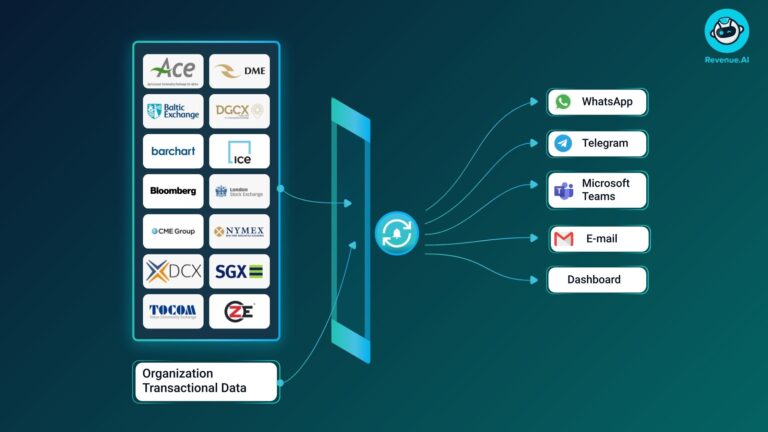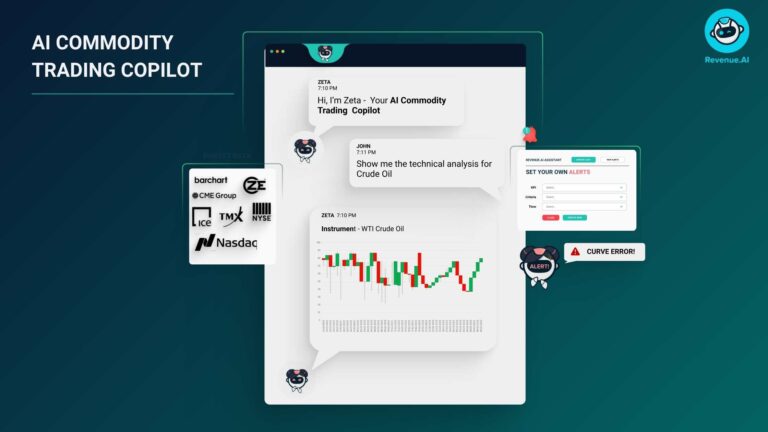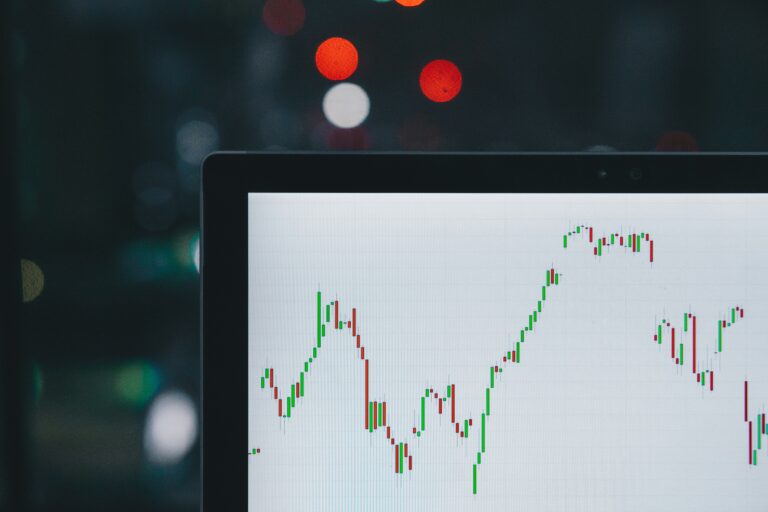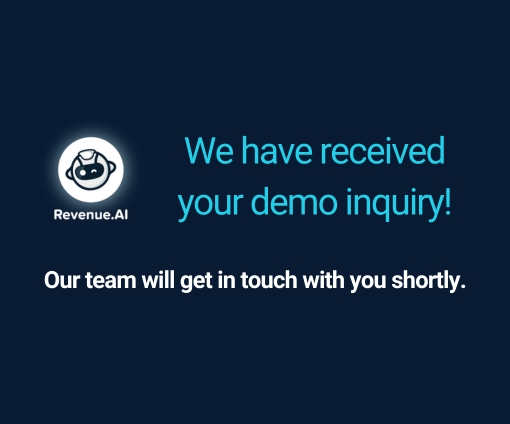
The Importance of Gathering Accurate Commodity Price Data
In commodities trading, precise pricing information and effective retrieval techniques are essential for many reasons. In these dynamic and frequently complex markets, commodity price data, projections, and market assessments give traders a tactical edge by assisting them in navigating uncertainty and coming to well-informed decisions.
Furthermore, as traders depend on accurate commodity price projections, the significance of effective fetching techniques is underscored by the growing number of new data sources and the complexity of data and analytics management in global commodity markets.
Accurate and timely commodity data, especially commodity prices, is essential for making well-informed trades and reducing financial risk in the fast-paced commodities market. Consequently, it is impossible to exaggerate how crucial reliable commodity pricing data and effective commodity price fetching techniques are for effective commodity trading since they immediately impact one’s capacity to come to informed analytical decisions and develop a deeper comprehension of market dynamics.
We have also observed that quantitative trading in commodities has grown in popularity due to the lower costs associated with analyzing large datasets and running complex models thanks to cloud computing; nonetheless, accurate and clean data is still necessary for efficient data analysis.
As it is crucial to stay ahead of the curve in the quickly changing world of commodity trading, the laborious process of manually comparing pricing across multiple websites is becoming obsolete and ineffective as we look at 2024.
The need for a revolutionary solution becomes clear as the difficulties associated with collecting data manually in commodity trading become increasingly apparent. Thankfully, a new era of intelligent and efficient data retrieval has arrived with AI-driven technologies.
We can agree that reliable commodity pricing information and effective fetching techniques are more critical than ever in the volatile world of commodity trading, where every choice can affect profitability.
Therefore, in this article, we’ll dive into how AI-driven solutions are changing the traditional price-finding landscape as we stand on the tipping point of technological innovation, providing traders seeking a competitive edge with new opportunities.
Firstly, let’s briefly go through the limitations of analysis due to manual data gathering. Then, let’s dive into the precise ways that AI-driven technologies are transforming the way commodity prices are fetched for a modernized approach that streamlines the entire trading journey and provides traders with reliable, up-to-date information to enable them to make informed choices.
The Analysis Limitations due to Manual Data Gathering in Commodity Trading
Commodity trade, which relies heavily on manual data gathering, often has its own set of difficulties. Traditional methods are inefficient due to human error, time-consuming processes, and the inability to keep up with market developments. The more we examine the limits, the more obvious it is that we need a more automated and efficient method of gathering commodity data, especially commodity prices.
Commodity data analysis can be complex in and of itself for many reasons. First, the drivers, pricing dynamics, and macroeconomic effects of commodity markets on developing and emerging markets are diverse (EMDEs). Because commodities are frequently viewed as homogenous, this leads to a potential misunderstanding of the factors influencing commodity price fluctuations and their effects.
Second, gathering the data needed to carry out tasks like trade validation, risk offsetting, and tracking and quantifying expected risk in portfolios can be challenging. Data is bottled up in several, often separate systems or spreadsheets, which makes the problem even worse.
Thirdly, players in fast-moving commodity markets find it difficult to make data-driven choices due to their reliance on outdated or legacy technology.
Fourthly, the complexity of handling data and analytics in global commodity markets is increasing due to the quick rise in the quantity and accessibility of new data sources.
Finally, with new data and alternative sources constantly on the radar of a commercial organization seeking insights, shifting market dynamics create internal complexity for every department engaging in evaluating new solutions for better data analysis.
Here’s a quick comparison of outdated methods vs. AI-driven solutions, dissecting this topic a bit more:
- Manual Checking: The conventional method of manually searching the internet for commodity prices takes a lot of time, is prone to mistakes, and reduces productivity. This means the middle office devotes much of its time to data collection if the process is not automated. According to Forbes, even if they have a data scientist’s helping hand, this is one of the most time-consuming and least enjoyable data science tasks, as 76% of data scientists view data preparation as the least enjoyable part of their work, making this task a good candidate for AI automation.
- Data Scraping: Artificial intelligence (AI)-driven data scraping tools have been integral to effectively obtaining commodity prices. Complex algorithms quickly retrieve data from many sources through automated processes, reducing the possibility of human mistakes in manual data entry. Because of this automation, traders can be sure that they are using reliable data and can now concentrate on making strategic decisions while saving the middle office a great deal of time and effort. Learn how you can quickly harmonize various data sources for a 360-degree view of the market in practice here.
- Data Validation: Traders risk severe consequences if they rely on obsolete or erroneous commodity price data. However, commodity price data can be precise, dependable, and current with AI-driven data validation algorithms integrated into intelligent systems. Real-time validation procedures can help traders make better judgments by reducing the possible dangers that come with using erroneous commodity price information. Learn how you can automate and enhance price-quality data with AI here.
- NLP Insights: Obtaining insights for commodity trading mostly depends on analyzing unstructured data. This is where NLP comes in. By interpreting appropriate data from news stories, reports, and/or internal documents, NLP algorithms incorporated into AI-driven platforms can give traders insights on market trends and commodity price changes, which opens previously unattainable opportunities.
In case you are unfamiliar with Natural Language Processing (NLP), it is a branch of artificial intelligence that uses computational linguistics, statistics, machine learning, and deep learning models to understand and interpret human language. In our case, it enables a conversation-like interface for better information sharing through easy asking and getting the information you need via Copilot chat. Below is a simplified visual representation of how the process goes.

The interaction could look something like this:

If having a Commodity Trading AI Copilot that can chat with you like a colleague would seem interesting to you, learn more about our AI copilot for trading below:
WHY ZETA?
Now, having this big picture in mind, we can observe three main reasons to consider AI-driven solutions:
- Efficiency and Productivity: Artificial intelligence (AI)-driven solutions free up traders’ time to analyze data and produce profitable insights by automating the commodity price retrieval process. This enhanced efficacy facilitates traders in maneuvering through the rapidly evolving commodity market with proficiency.
- Accuracy and Reliability: By integrating AI-powered data validation, the risk of making judgments based on inaccurate or outdated information is eliminated, and price data is verified to be reliable and accurate. For traders to minimize risk, make well-informed decisions, and optimize profits, accurate commodity price information is essential.
- Market Insights and Intelligent Decision-Making: NLP insights from AI-powered platforms give traders access to qualitative data. Traders can keep ahead of market dynamics and exploit developing opportunities by using various resources to understand market trends derived from news, reports, or any other relevant online or offline source.
The Potential of AI-Driven Platforms for Commodity Price Retrieval
AI-driven solutions entirely transform the conventional techniques of price retrieval in commodity trading. These technologies give traders rapid and reliable data so they may make well-informed judgments. The commodity trading businesses are seeing a rise in the use of AI-based pricing software due to its ability to scan massive datasets and execute complicated models at a reasonable cost.
These solutions can handle large datasets, automate pricing procedures, personalize prices, alter prices in real-time, and recommend the best price as needed.
Also, AI-powered algorithms consider thousands of hidden relationships, enabling traders to maintain profit margins and please customers by optimizing commodity prices at any given time.
AI-driven dynamic pricing practices require the right skills, sufficient technological platforms, maintenance, and continuous improvement, a promise AI can deliver.
Considering this, AI-driven solutions are transforming the conventional approaches to price fetching in commodities trading by giving traders fast and precise data that can assist them in reducing financial risk and making well-informed decisions.
The Future Is Here: Commodity Pricing Powered by AI
In conclusion, the fusion of artificial intelligence and commodity trading is not just a distant vision but a present reality reshaping the landscape. The accuracy and efficiency of AI-driven platforms quickly surpass the drawbacks of manual data collection techniques.
We can confidently say that navigating the future of commodity trading demands a shift toward adopting these transformative solutions. The transformative potential of AI is not theoretical; it is tangible and well within reach.
All in all, embracing these emerging technologies ensures that fetching commodity prices is no longer labor-intensive but an opportunity to leverage real-time, reliable data for intelligent decision-making in commodity trading.
The time has come to wholeheartedly embrace the future and unlock the full potential of AI-driven solutions for a more profitable and forward-looking trading journey.







